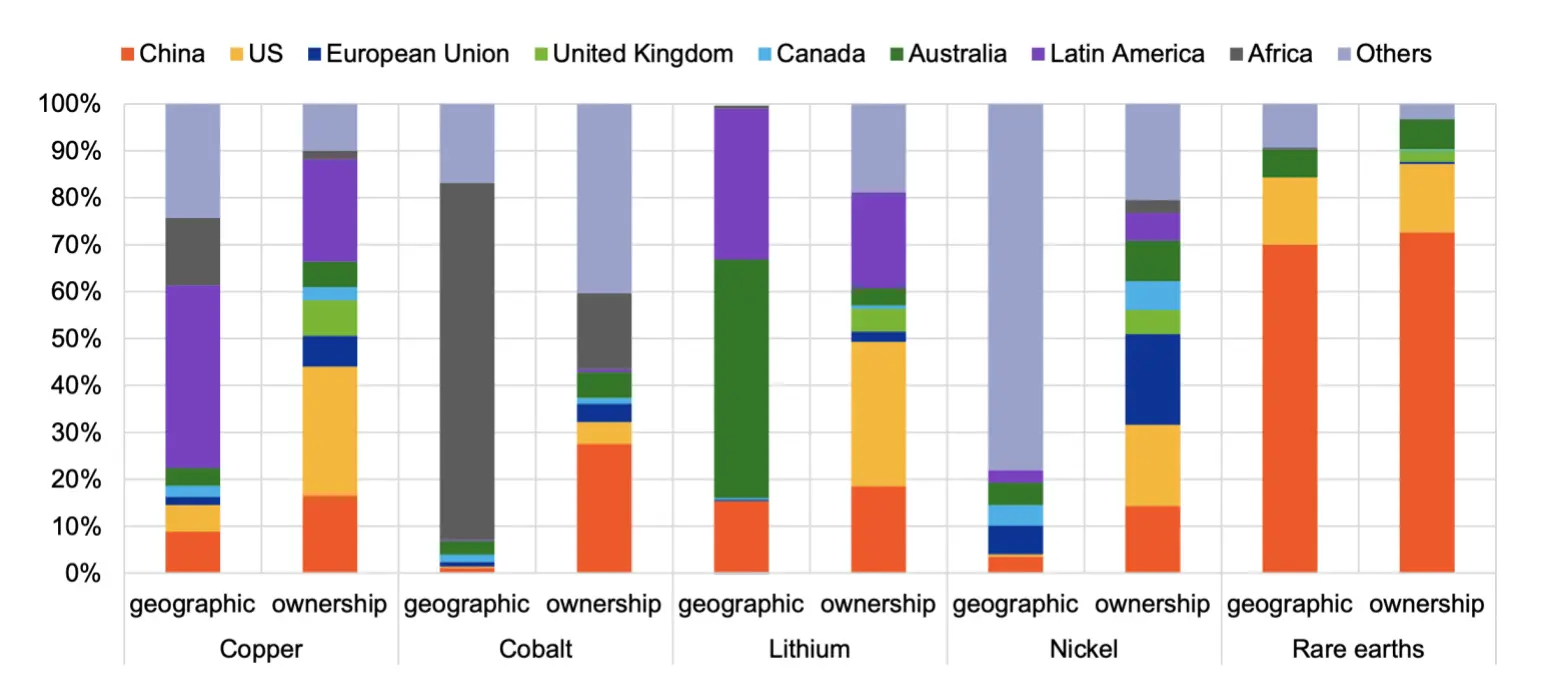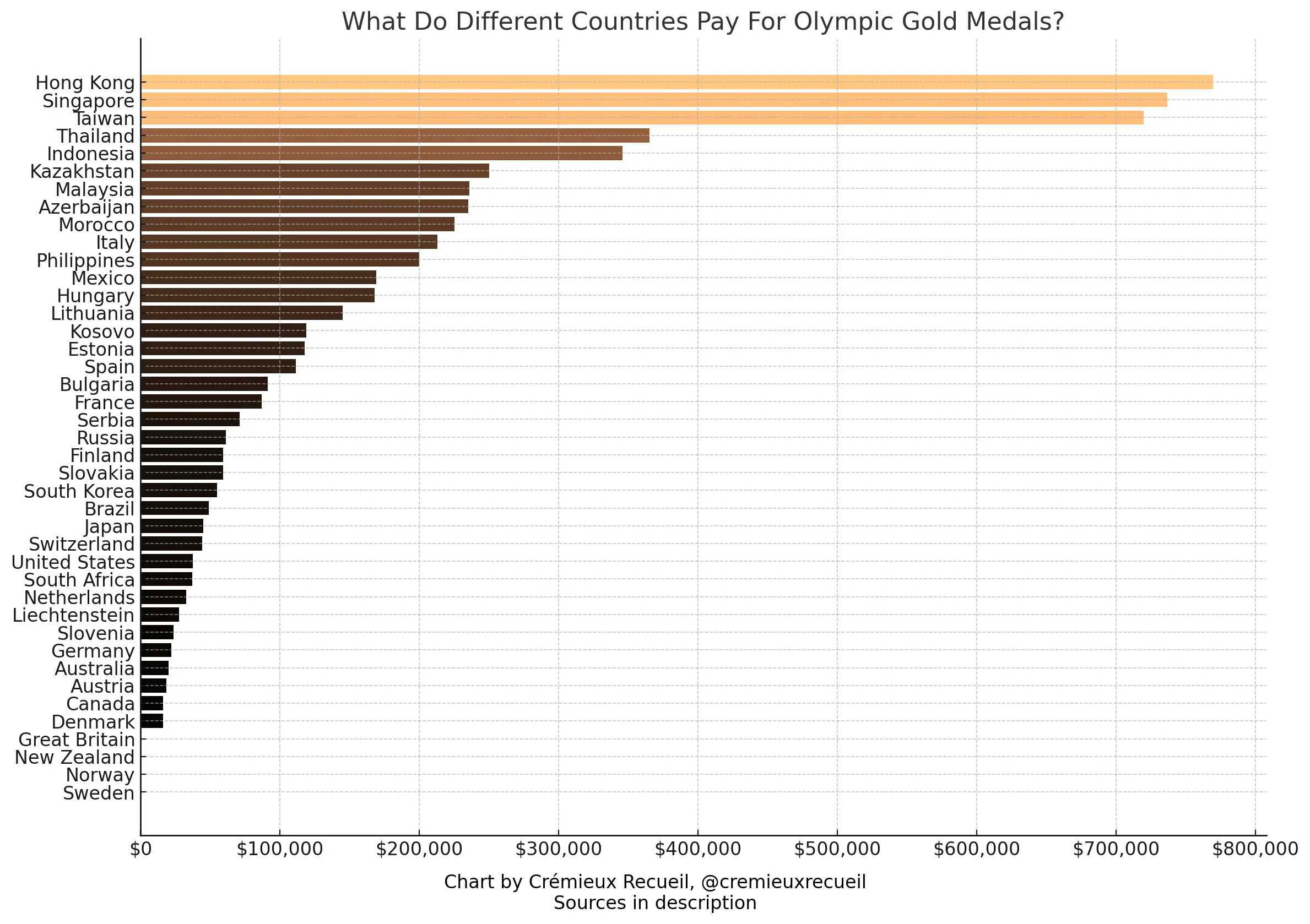Jul & Aug '24

-
OpenAI expands lobbying team to influence regulation.
-
Ownership of the firms producing raw materials.

73% of all cobalt is mined in the Democratic Republic of the Congo (DRC), 69% of rare earth elements are mined in China, and half of the global nickel supply is mined in Indonesia.
-
A century ago, insurances didn’t cover earthquake damage.
98% of losses were attributed to fires rather than the earthquake, and many of those fires were set by building owners after the earthquake, because, like today, most insurance covered fire damage but not earthquake damage. Word spread throughout the city that fires were covered by insurance and people started burning down their properties. Fires raged on for 3 days.
-
Incentives for Olympic medalists by country.

-
The marshmallow test does not reliably predict adult functioning.
-
Matt Yglesias considered as the Nietzschean Superman.
-
Palmer Luckey, American Vulcan.
-
When the mismanagerial class destroys great companies.
-
Book Review: How the War Was Won.
The Allies won the war by using air power to destroy the German and Japanese capacity both to produce military equipment and to transport it to the battlefield.
The amount of concrete devoted just to protecting Hitler personally from air attack was almost a third of the entire total for fortifications on the Eastern Front.
The V-2 program cost the Germans proportionally as much as the U.S. spent on the Manhattan Project. According to O’Brien, the design and construction of V-2 rockets cost as much as all German AFV construction between 1939 and 1945.
For example, one very successful initiative was the aerial mining of Japanese ports. The mining didn’t start until March 1945, but it still sank more tonnage than U.S. submarines did in the entire war.
Early in the war, aircraft were delivered to forward operating bases by aircraft carriers, limiting the ability of pilots to get lost. Once the American Navy had driven Japanese carriers from the scene, Japanese pilots had to make several over water hops to fly from the home islands to forward bases. Shocking numbers were lost along the way—up to 50%.
By 1945, the Japanese economy was so desperate for fuel that the government set up more than 34,000 small stills in the home islands to distill the oil from pine needles into aviation fuel.